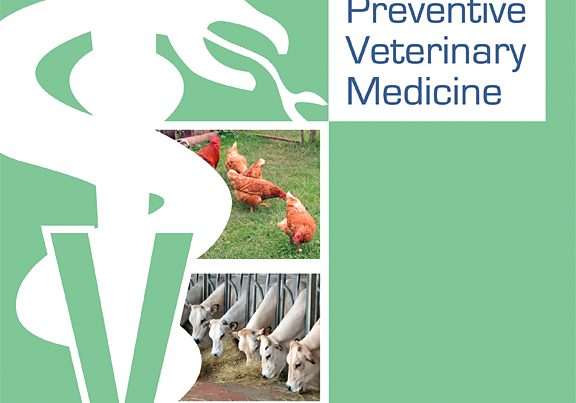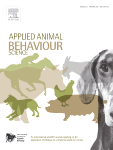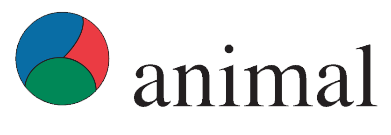Document type: Editorial in Frontiers in Veterinary Science
Authors: Richard B. D'Eath, Keelin O'Driscoll, Emma Fàbrega
Preview: Tail biting, as well as ear and flank biting, remain persistent production, health, and welfare concerns in the pig industry globally. These unwanted biting behaviors are difficult to solve due to their multifactorial etiology, requiring holistic solutions. Despite a ban on its routine use in the EU, tail docking to reduce tail injury remains widespread. A common thread of the studies included in this Research Topic is finding a way to house and manage pigs to prevent tail biting without tail docking.The challenge is made more complicated by the existence of at least two main types of tail biting- (i) Two-stage, where re-directed foraging/exploratory behavior escalates from "tail in mouth" to damaging biting, and (ii) Sudden forceful which seems to occur as a novel aggressive tactic through frustration of access to resources such as feed. High levels of persistent biting shown by some individual pigs has been labeled as a distinct third type by some authors (obsessive) with a fourth type "epidemic" being identified by Valros. Two of the studies here involve either identified which type of tail biting is operating (Bagaria et al.) or changed a risk factor for one form of biting (D'Alessio et al.). D'Alessio et al. tested the effect of feeder space on ear, tail and flank injuries and behavior. [...] although the risk for sudden forceful biting in relation to feeder access was reduced, this did not translate to reducing the risk of tail biting in the rest of the pen. Taking a different approach, Bagaria et al. studied tail-related and other behaviors in tail-docked weaned piglets under 9 weeks of age [...] to better understand the context and likely cause of tail biting. Even at this young age early-stage tail biting which caused minor damage was seen [...] Pigs who performed tail biting behaviors the most also performed non-harmful explorative behavior, suggesting that these pigs' biting followed an etiology corresponding to the "2-stage" model of tail biting. [...] Another major challenge of tail biting is that it can occur in unpredictable ways. It can occur in some groups and not others under the same conditions, at varying severity, and it shows unpredictability in time, with apparently sudden "outbreaks" occurring, which then escalate to affect many more pigs. The ability to automatically monitor, and particularly to spot early stages of tail biting before it becomes too severe, would be very valuable, and various "precision livestock farming" approaches, using technology to monitor pigs have been tried. To this end, Hakansson and Jensen present a new machine vision approach to tail biting detection, based on features of the entire pen of undocked pigs. [...] Using another PLF approach, Larsen and Pedersen present a detailed study of group drinking patterns in growing/finishing pigs [...]. Presence/absence of straw, and tail docking had no effect on drinker use, but a decrease in stocking density increased both water use and activation frequency, suggesting that pigs at the standard space allowance could have had restricted access to the drinkers [...].Overall, the studies included in this Research Topic provide valuable insight into some of the risks for tail biting, as well as potential methods that can be used to predict and reduce its occurrence. Despite the multifactorial root causes of tail biting, after decades of research, much is now known about how to reduce it, and to manage pigs with intact tails, for example by following the example of Switzerland , Sweden, or Finland. In the EU (and UK) the problem remains a lack of enforcement of the existing ban on routine tail docking and requirement to provide manipulable materials, and regulations which still allow high stocking densities. In addition, the continued use of systems with fully slatted floors make it challenging to provide sufficient loose manipulable materials. Tail docking remains a cheap "solution" to the problem of tail biting and economic incentives to produce long-tailed pigs may be needed. Methods to standardize and perhaps automate abattoir scoring of undocked and uninjured tails would support such economic incentives.




